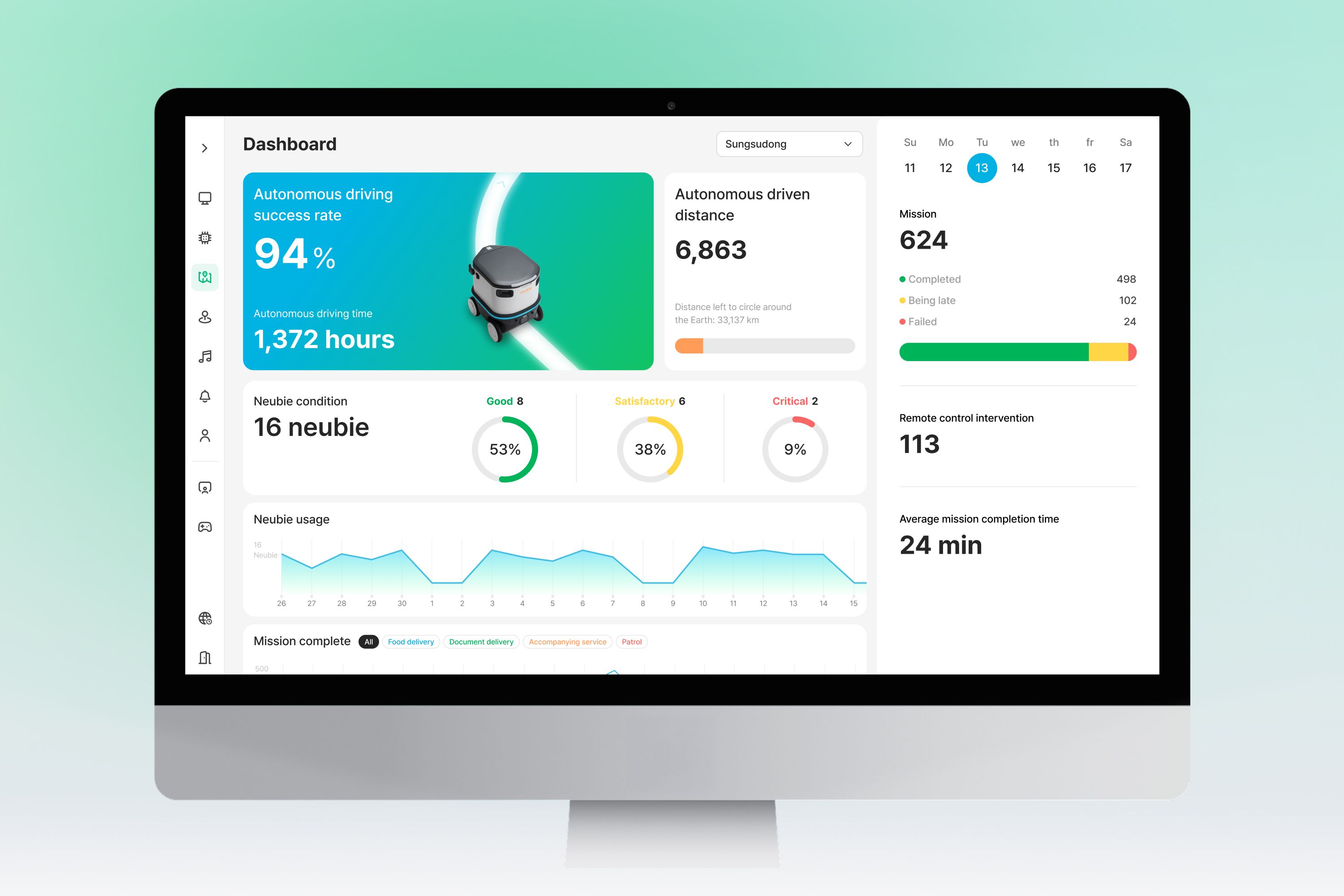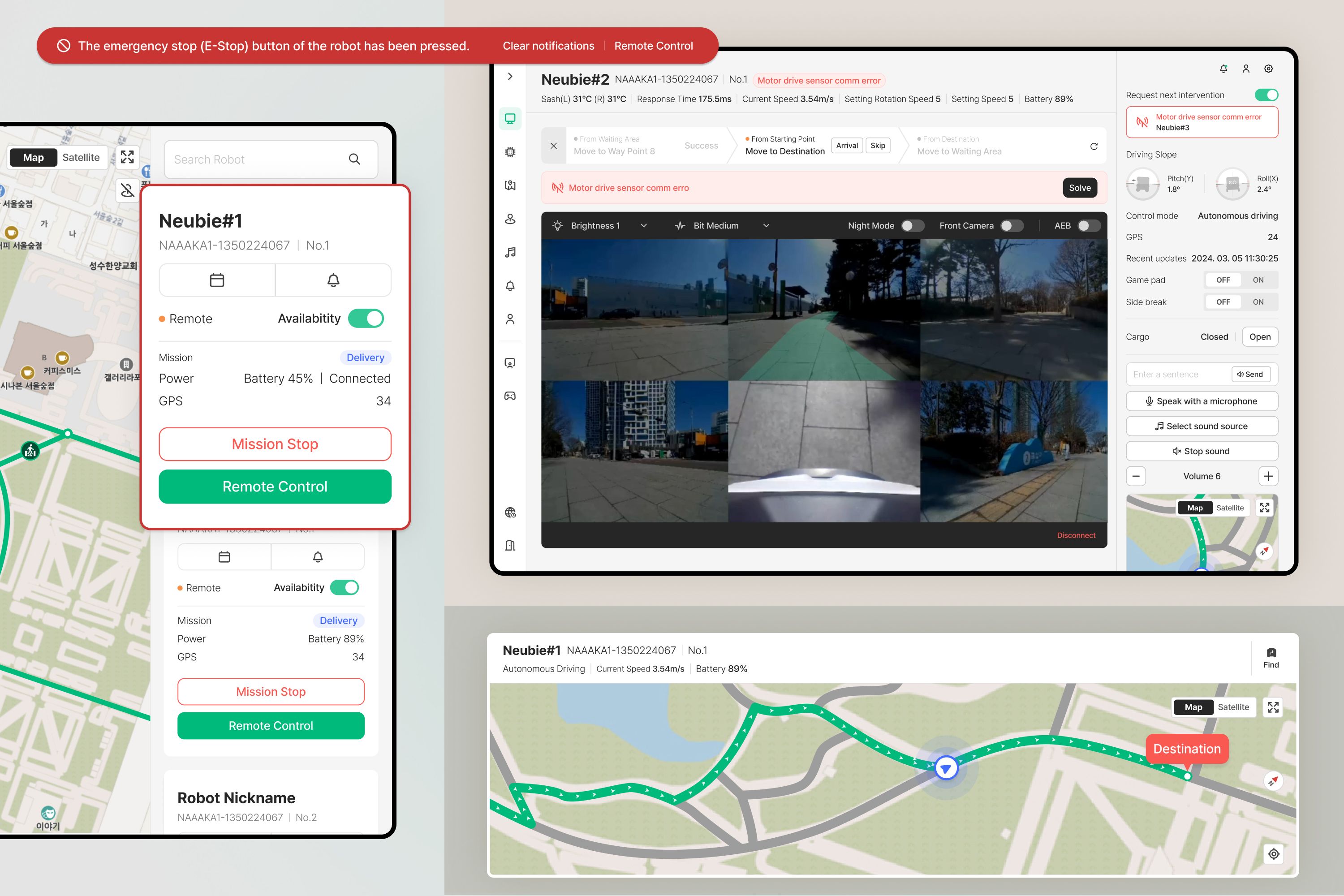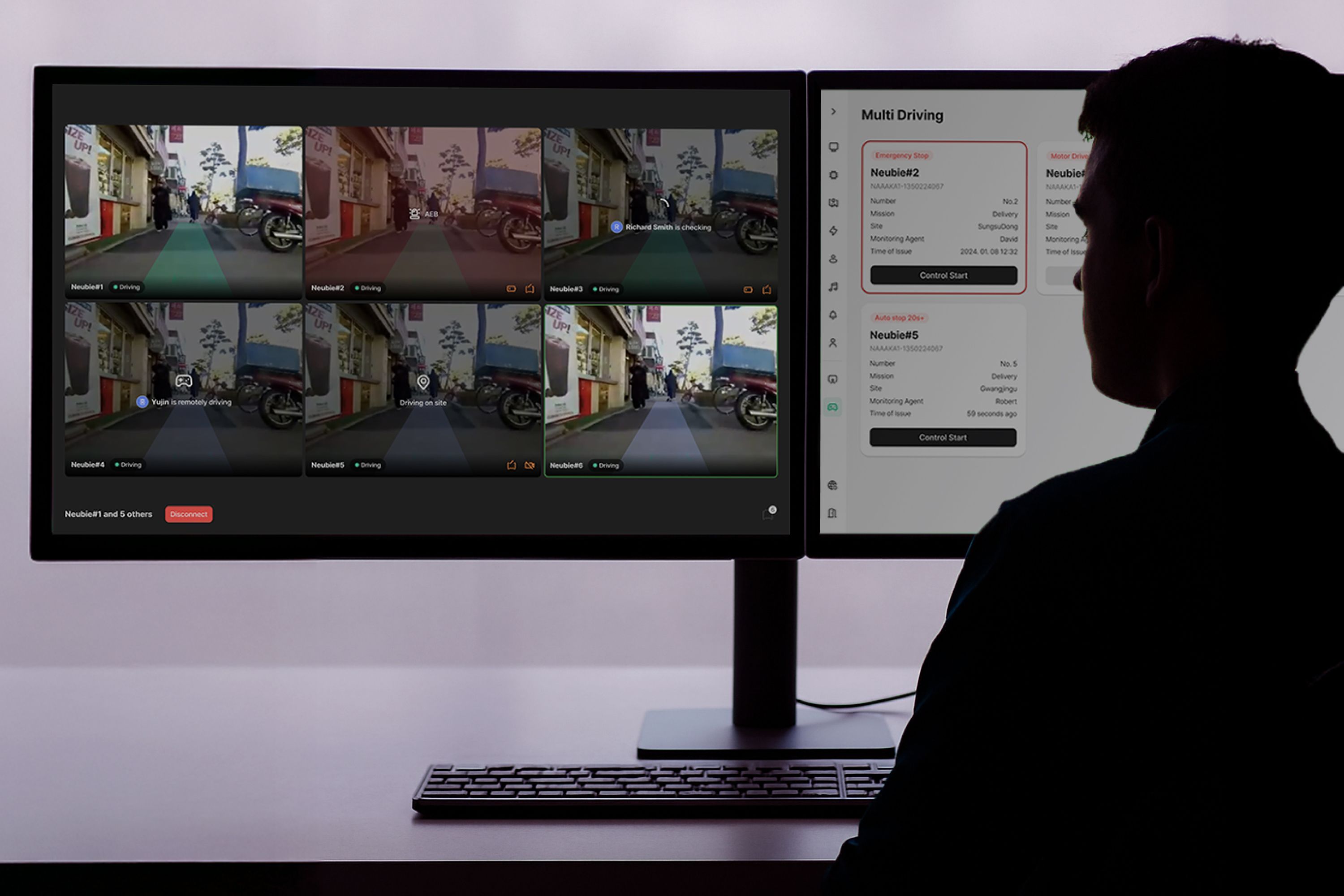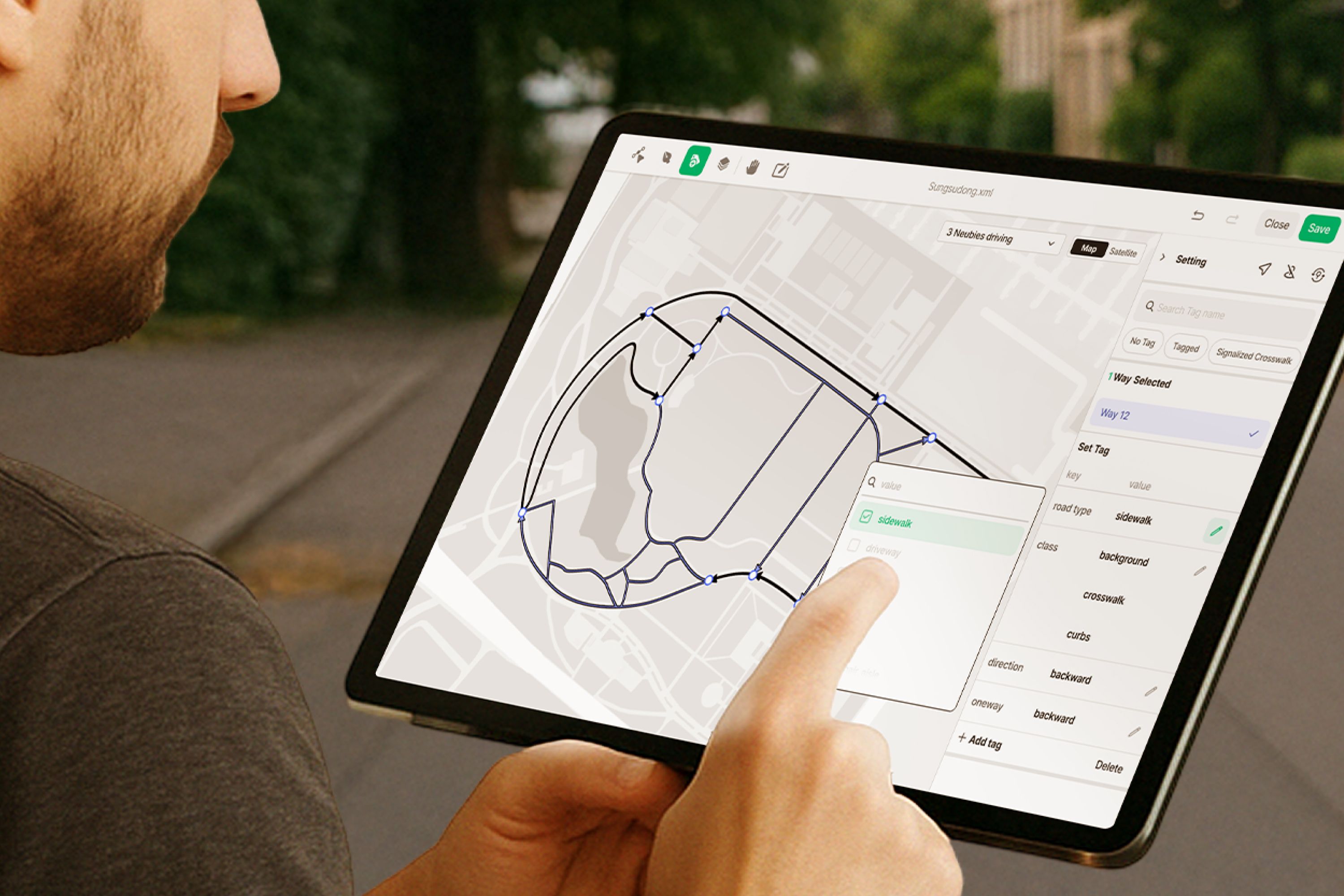
Designers
Yujin Lee, Seyoung Park
Year
2025
Category
Product
Country
Korea, Republic
Design Studio / Department
Neubility

Three questions to the project team
What was the particular challenge of the project from a UX point of view?
The biggest UX challenge was simplifying a highly fragmented and complex robot operation system so that anyone could use it. Previously, map creation and control systems were separated, requiring specialized training, which created high barriers for small teams or non-experts. Operators had to switch between multiple systems to check data and control each robot individually, leading to inefficiencies and rising costs. Through observation and interviews, we identified pain points in the user context and designed an intuitive platform that integrated map editing, multi-robot control, and real-time monitoring to make robot operation easy for everyone.
What was your personal highlight in the development process? Was there an aha!-moment, was there a low point?
Turning a robot operation environment that only experts could manage into an intuitive platform for everyone was both the toughest and most rewarding part. Translating complex technologies into UX wasn’t easy, but seeing non-experts set up and operate robots on their own was a turning point. A memorable moment was during multi-monitoring prototype testing, when a user naturally assigned tasks to multiple robots. This showed that the design worked. Cross-functional collaboration between design, engineering, and planning—driven by field insights and data—made the project even more meaningful.
Where do you see yourself and the project in the next five years?
Neubiego is a Robot-as-a-Service (RaaS) platform designed to integrate the entire operation process—route creation, real-time monitoring, and remote control—into one system. In five years, I hope it becomes the standard platform in industries like smart logistics, unmanned stores, and intelligent buildings. As physical AI becomes part of everyday life, UX will serve as the key language that bridges digital intelligence and the real world. Personally, I want to continue designing systems that not only make new technologies easy to use, but also understandable and trustworthy.


